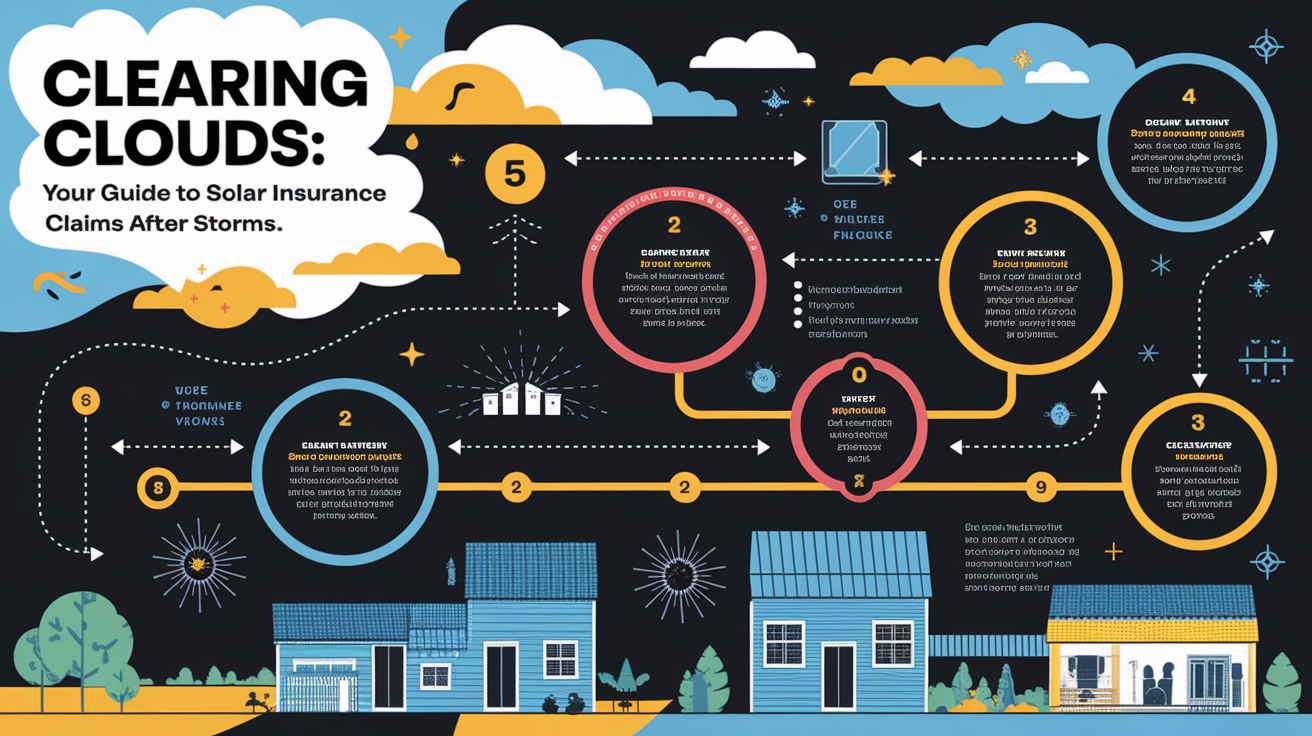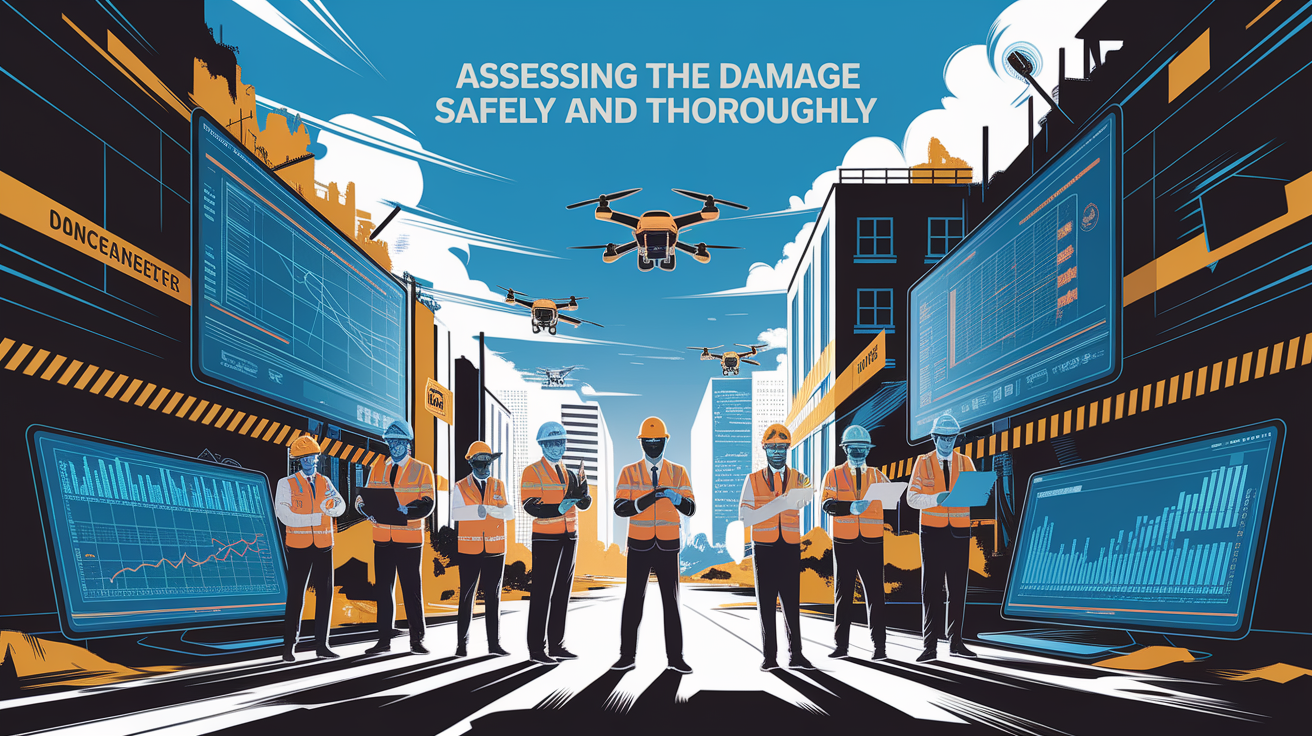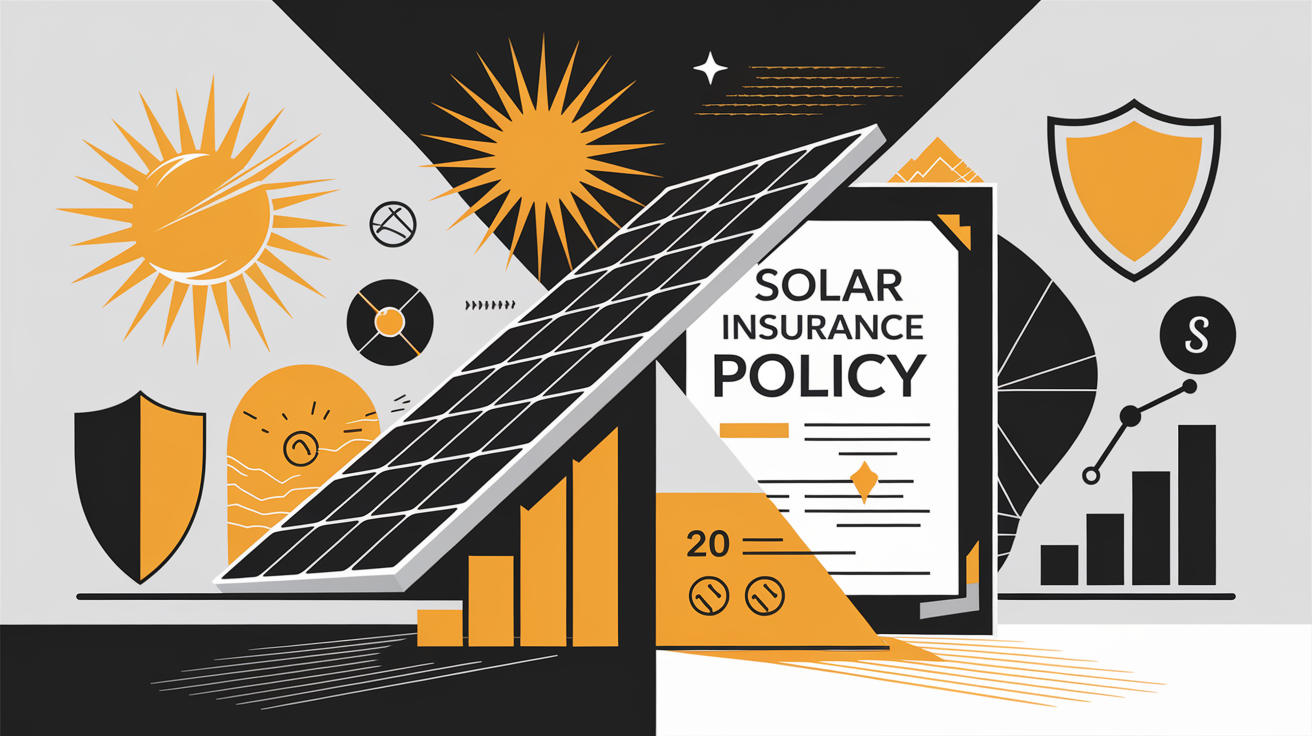Storm-Proof Solar: A Practical Guide to Insurance Claims After Storm Damage
Clearing the Clouds: Your Guide to Solar Insurance Claims After Storms
As storm seasons grow more unpredictable, solar panel owners are facing an increase in insurance claims related to severe weather damage. High winds, hail, lightning strikes, and flying debris are among the most common culprits, often resulting in damaged photovoltaic systems, compromised mounting hardware, and affected solar inverters. According to We Recycle Solar, even minor cracks or scratches can reduce energy output and sometimes render panels inoperable, making swift claims action essential for property owners.

Homeowners insurance typically covers solar installations attached to the dwelling, but coverage varies for ground-mounted arrays and standalone systems. Policy exclusions, deductibles, and storm damage classifications can significantly impact the claim settlement process. Understanding your insurance coverage and acting quickly after a damaging weather event can help secure a fair settlement and restore your solar energy generation capacity.
Assessing the Damage Safely and Thoroughly
After any severe weather event, safety should be the first priority. Storm damage—including roof damage, broken glass from hail impacts, and displaced panels from wind—can create dangerous conditions such as exposed wiring or unstable mounting systems. Avoid climbing onto the roof without proper safety equipment, and consider contacting your solar installer for an initial evaluation.

Documentation is critical. Take time-stamped photos and videos from safe vantage points, capturing close-ups of cracked or shattered panels, bent or loosened mounts, and visible damage to the solar inverter or related electrical components. Licensed professionals, such as certified solar technicians or roofing contractors, can provide a thorough damage assessment that often reveals hidden issues. As noted by TDG, comprehensive inspection reports strengthen insurance claims and support maximum reimbursement.
Decoding Your Solar Insurance Policy
Coverage for solar equipment depends largely on how it is installed and how it is classified in your insurance policy. Most homeowners insurance policies include permanently affixed systems under dwelling coverage, while freestanding installations may require an insurance rider or separate policy. Commercial properties often have unique terms, including business interruption coverage for lost energy production.

Policyholders should review coverage limits, replacement cost versus actual cash value, and specific exclusions, such as flooding or damage deemed an “act of God.” According to LMR Public Adjusters, it is essential to verify whether your insurer covers panel removal, reinstallation, or repairs to roof structures supporting the solar array. Regular policy reviews can prevent gaps in protection and ensure comprehensive coverage for severe weather protection.
Step-by-Step Claim Filing Process
- Document the Damage: Capture clear, time-stamped photos and videos, including evidence of hail damage, wind displacement, and any other weather-related issues.
- Notify Your Insurer Promptly: Contact your insurance provider as soon as possible to initiate the claim process, observing any filing deadlines in your policy.
- Arrange Professional Inspection: Schedule an evaluation by an independent inspector or licensed installer who can assess full system damage, including hidden electrical faults.
- Review the Adjuster’s Report: Compare the insurance adjuster’s assessment with your independent damage report to identify discrepancies.
- Negotiate the Settlement: If the valuation appears low, request clarification or counter with documented repair estimates. Consider a public adjuster for complex disputes.
- Keep All Records: Retain receipts, inspection reports, and correspondence for future claims or warranty coverage reviews.
The claim process can vary depending on insurer responsiveness and policy terms. Typical timelines range from a few weeks to several months, especially if weather damage is widespread in your area.

Ensuring a Fair Settlement
Maximizing claim value requires strategic management of the process. Start by verifying your deductible and ensuring all damage—both visible and hidden—is documented in writing. Independent repair estimates are powerful tools when negotiating with insurers, particularly for high-value solar system repair or replacement projects.
As Rapid Roofing advises, do not rush into permanent repairs before the insurer authorizes work; instead, carry out temporary protective measures to prevent further property damage. Keep an eye out for policy benefits covering labor for panel removal, reinstallation, or temporary power solutions. If coverage disputes arise, policyholders can involve a public adjuster to advocate on their behalf.
Blue Skies Ahead: Wrapping Up Your Solar Claim Journey
Once the settlement amount is agreed upon, funds are typically disbursed for repairs, replacements, or storm restoration. Confirm that work is performed by qualified solar installation professionals to maintain warranty coverage and ensure optimal performance. After your system is restored, consider preventive maintenance steps—such as reinforcing mounts or adding protective shields—to reduce future storm damage risks.
Storm season preparation, policy reviews, and regular inspections can all mitigate the likelihood of filing solar panel insurance claims after hail storms or high-wind events. By combining proactive measures with a well-managed claim process, solar owners can protect both their investment and their energy independence, keeping the lights on when the clouds clear.







